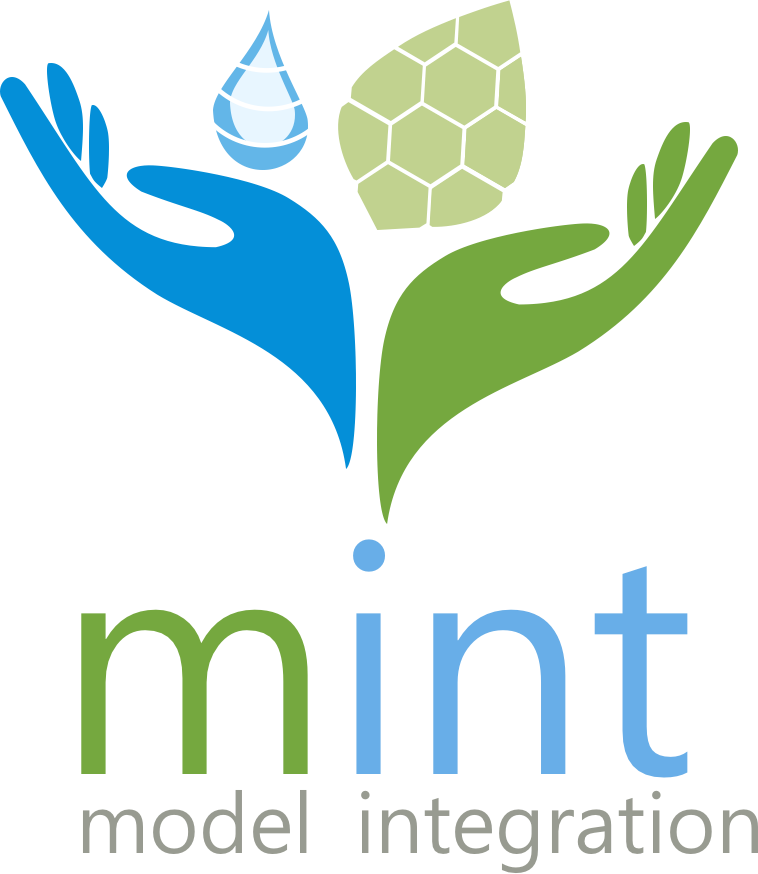Testbed and collaboration
Testbeds
There are many areas in the world where understanding complex systems that involve human activities and natural resources is crucial for decision making. We focus on models and data that span climate, hydrology, agriculture, and economics. We show here some focal testbeds that we have created to support our research.
Sub-Saharan Africa

Food shortages may result in human migration and displacement. With droughts reducing water availability and floods destroying crop fields, many areas have food shortages and food insecurity for large populations. Some countries have limited capacity to compensate local shortages with domestic or international trade, which results in migrations and in extreme cases famines. When flooding is expected, planting could be delayed in order to save seed, labor and ultimately the crop harvest. But in what areas will flooding likely occur? For what crops and under what conditions can the harvest be accomplished before the floods to avoid food shortages and migration? While long-term planning for such situations is desirable, decision makers pose questions that are often short fused in order to prepare for natural disasters or to decide on near-term policies. Delivering modeling systems and outputs in a form that allows decision makers to explore scenarios and policies remains a challenge.
We have been developing models for Ethiopia and South Sudan, including hydrology models for major river basins, and agriculture models for large administrative regions and smaller administrative units. MINT contains many models and model outputs for major regions of interest.
Texas

The population in Texas is expected to double in the next thirty years, with concomitant urban, agricultural and industrial growth posing increasing demands on water and energy resources. Major aquifers in the region are being depleted by hundreds of wells, reducing water reserves and causing sinking of land areas. In addition, extreme events such as extended droughts and destructive floods require accurate modeling of potential overflow of rivers particularly in urban areas. What levels of pumping in wells are sufficient to conserve water for expected drought periods? What areas will be safe from flooding so that infrastructure and critical services can be properly positioned?
We have been working with collaborators at the University of Texas Austin to support their Planet Texas 2050 initiative. We have been including in MINT many groundwater models for the state, as well as hydrology and other related models.
We are expanding MINT to include models in the following areas: #
California

Many models are being developed for river basins and aquifers in the state of California. Local governments would like to use these models to analyze potential policies, but they do not always have the ability to run complex codes at large scale. The management of water resources goes beyond water availability to take into account pollution, salinity, and other important aspects of water quality.
We are working with collaborators across the state to explore the use of MINT to deliver models to decision makers.
Epidemiology Models for COVID-19

We are exploring the use of MINT with epidemiology models of how diseases spread. We have integrated SIR and SEIR models that simulate how populations are infected and recover from an infectious epidemic. We are looking for collaborators, please contact us if you are interested.
